1960 Topps #546 Hank Aguirre SCARCE HIGH NUMBER (Tigers)
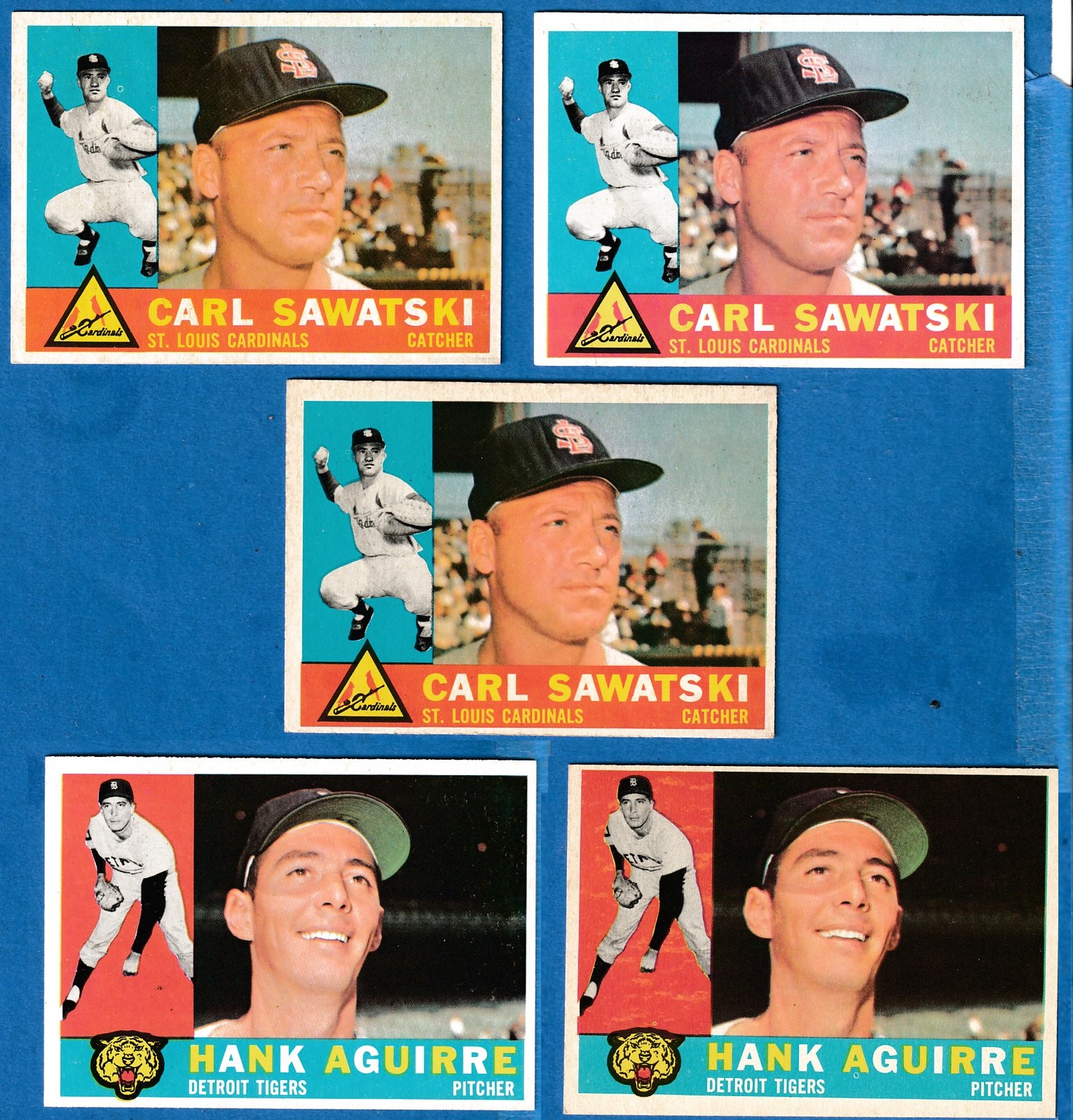

Please wander around the website for more info, prices, values & images
on vintage baseball, football, basketball, hockey, sport and non-sports cards.
Shaquille O'Neal basketball cards
|

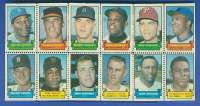
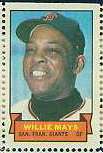
1969 Topps Stamps |

Starting approximately in 1886, sportscards, mostly baseball cards, were often included with tobacco products, for promotional purposes and also because the card reinforced the packaging and protected cigarettes from damage. These sports cards are referred to as tobacco cards in the baseball card hobby. Over the next few years many different companies produced baseball cards. Tobacco cards soon started to disappear as the American Tobacco Company tried to develop a monopoly by buying out other companies.
They were reintroduced in the 1900s, as American Tobacco came under pressure from antitrust action and Turkish competition. The most famous and most expensive, baseball card is the rare T206 Honus Wagner. The card exists in very limited quantities compared to others of its type because Wagner forced the card to be removed from printing. It is widely (and incorrectly) believed that Wagner did so because he refused to promote tobacco, but the true explanation lies in a dispute over compensation.
Soon other companies also began producing baseball and football cards. Sports magazines such as The Sporting News were early entries to the market. Candy manufacturers soon joined the fray and reflected a shift toward a younger target audience for cards. Caramel companies were particularly active and baseball cards were one of the first prizes to be included in Cracker Jacks. World War I soon suppressed baseball card production.
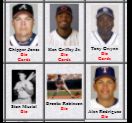 Click here to view other players
Click here to view other players

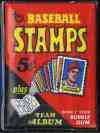 The 1969 Topps Stamps set contained (240) 1x1-7/16 inch unnumbered stamps
with player's photo and name,team & position inside a colored banner.
The stamps were released in both horizontal (2 rows of 6) & vertical (2 columns of 6).
1969 Topps Stamps are often confused with Topps' 1974 issue.
The 1974 Stamps have ovals rather than banners at bottom and
came only in horizontal 12-stamp panels.
The 1969 Topps Stamps set contained (240) 1x1-7/16 inch unnumbered stamps
with player's photo and name,team & position inside a colored banner.
The stamps were released in both horizontal (2 rows of 6) & vertical (2 columns of 6).
1969 Topps Stamps are often confused with Topps' 1974 issue.
The 1974 Stamps have ovals rather than banners at bottom and
came only in horizontal 12-stamp panels. 
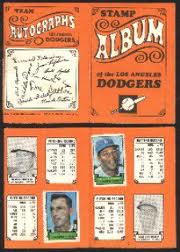 To store the stamps, Topps issued a set of 24 mini albums,
one for each team. The booklets were the same size as a baseball card
and held a complete 10-stamp team set.
More fun for kids, the back cover had facsimile autographs of
all the players in the team set. The design is nearly identical to the
Topps 1969 football 4-in-1 stamp booklets.
To store the stamps, Topps issued a set of 24 mini albums,
one for each team. The booklets were the same size as a baseball card
and held a complete 10-stamp team set.
More fun for kids, the back cover had facsimile autographs of
all the players in the team set. The design is nearly identical to the
Topps 1969 football 4-in-1 stamp booklets. 